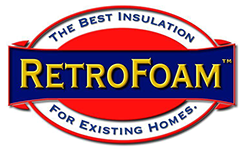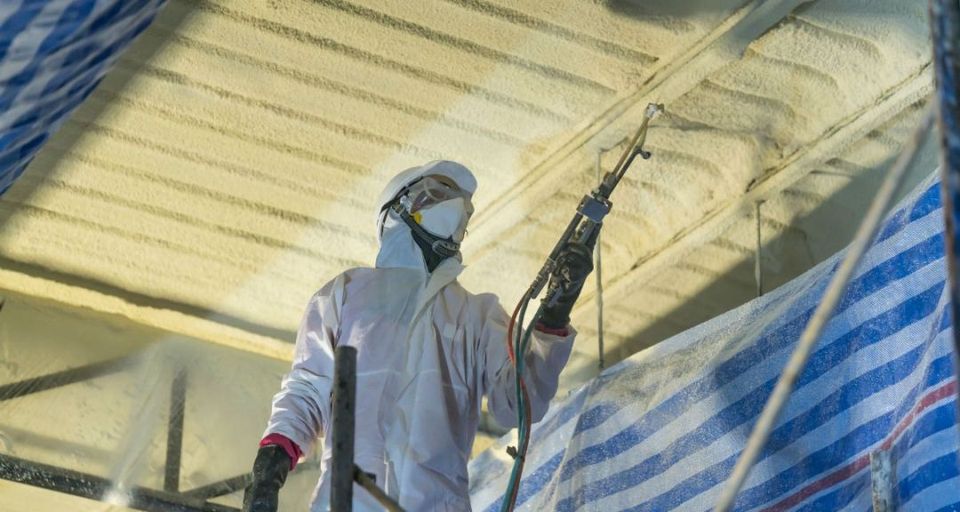Responding to West Michigan’s Insulation Needs
Here in West Michigan, we get it all.
Frigid winter days with positively arctic wind chills and mountains of lake effect snow? Check.
Oppressively humid summer afternoons where 85 degrees feels like it might as well be 800? Check.
Going from pleasant spring day, to bomb cyclone snowstorm, and back again within the span of a workweek? You better believe it.
So as you can imagine, our insulation needs are pretty high here—and that’s reflected in our building codes. West Michigan straddles the border between climate zones 5 and 6, which have fairly stringent requirements for insulated new construction compared with most of the rest of the country.
But even then, those codes have only really been enforced on new or remodeled construction within the last 20 years or so. So if you have an older home (and most Michiganders do—we have the seventh-largest supply of pre-WWII homes of any state in the country), there’s a good chance you’re not getting nearly the performance you need.
And if your insulation isn’t up to snuff, you’re paying the price in more ways than one.
- Financial: It’s not that uncommon for us to help our clients save 30 to 50 percent on their annual energy costs on average just by insulating their homes properly. (And obviously, the more extreme the weather is that year, the more you save.)
- Comfort: Do you really want to live in a drafty, noisy house that’s always too hot or too cold in a family room or bedroom, regardless of where the thermostat is set?
- Health: Insufficient insulation allows more allergens, dust, and other contaminants to enter your home, and may contribute to development of mold or mildew. This can have direct, negative consequences for the health of you and your family.
So you know you have to insulate your home properly if you want to save money and live comfortably in West Michigan. Got it. Now what?
Well, that depends. Here in West Michigan, we have a lot of different types of homes and structures—from hundred-year-old inner-city foursquares, to countryside pole barns, to 50s ranches, split-levels, and modern condos. Some have generous 2x6 studs; others have narrower walls that leave less room for insulation to do its work.
And insulation needs don’t just vary by type of structure, but even within a given structure. Attics, interior walls, exterior walls, crawl spaces—all have their own needs one way or another.
There’s also a question of what you’re personally
looking for. If you’ve got tons of little ones running around—or live in a densely packed neighborhood right next to noisy neighbors—you might want to opt for insulation types that also make good soundproofing, too!
So, with all this information to process, where do you even begin?
We may be biased, but we think it should begin with a call to RetroFoam of Southwest Michigan.
Why? Here are just a few of the reasons we’re West Michigan’s first-call insulation contractor:
We offer a wide variety of foam insulation products to best meet your needs.
Many of our competitors only offer one or two different formulations of spray foam, and try to convince you that they have everything you need. We think that’s kind of like trying to remodel your kitchen with half your tools missing.
On the other hand, we carry several different grades and formulations
of both closed cell and open cell polyurethane and cellulose, as well as RetroFoam for low-fuss insulation of existing homes (the original and still best product of its class).
From the absolute hardest, strongest, and best product you can get on the market (closed cell polyurethane) to more “middle ground” products that trade a little bit of R-value for lower cost or better soundproofing, we give you more options that allow you to get the best possible value.
And of course, we can always mix and match—for example, open cell for the attic or wider studs, RetroFoam for where you don’t want to tear out the walls, and closed cell for those spots where you really need the absolute best performance money can buy.
We lead the pack when it comes to quality, integrity, and experience
Bob’s been in the business for almost 15 years, after starting with his own home. Since then, we’ve worked on residential, agricultural, and commercial projects throughout West Michigan—from Holland, Muskegon and Grand Rapids to Mid-Michigan and the Indiana state line.
We’ve insulated brand new homes, and homes that were more than a century old. We’ve insulated breweries, restaurants, galleries and retail. We’ve insulated office buildings. We’ve insulated barns, stables, and chicken coops. We’ve insulated for Habitat for Humanity projects. We’ve even insulated bridges and boat hulls!
Bottom line, when it comes to insulating anything, anywhere in West Michigan, we do it all. And we’ve built up strong connections throughout the community, with contractors, non-profits, and other organizations.
You don’t get to be where we are by selling people snake oil or by doing shoddy work. We are honest, hardworking people who take pride in offering the highest quality products and services to our customers.
So whatever your insulation needs may be, anywhere in West Michigan, go with experience and quality—the “Real McCoy.” To request your free estimate today, give us a call at (269) 751-2000.

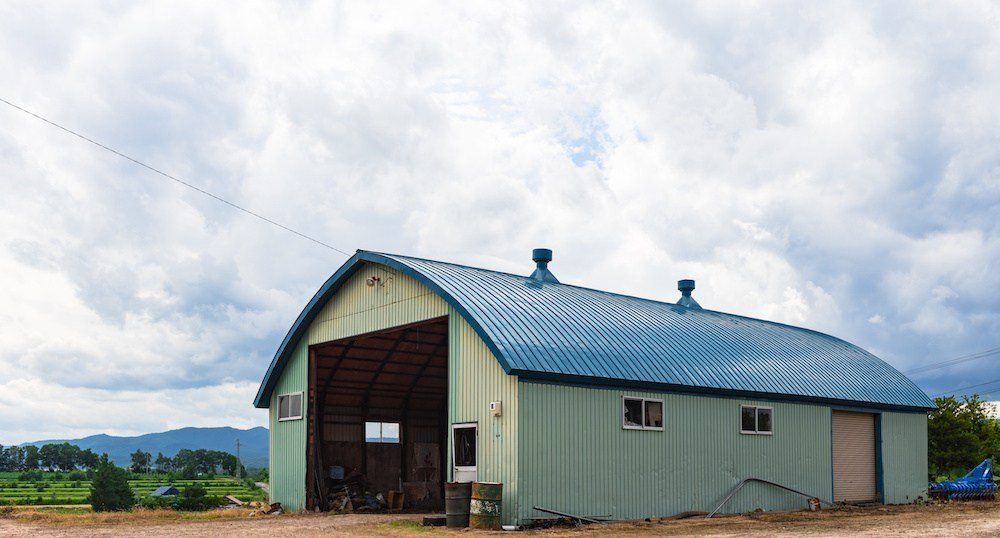
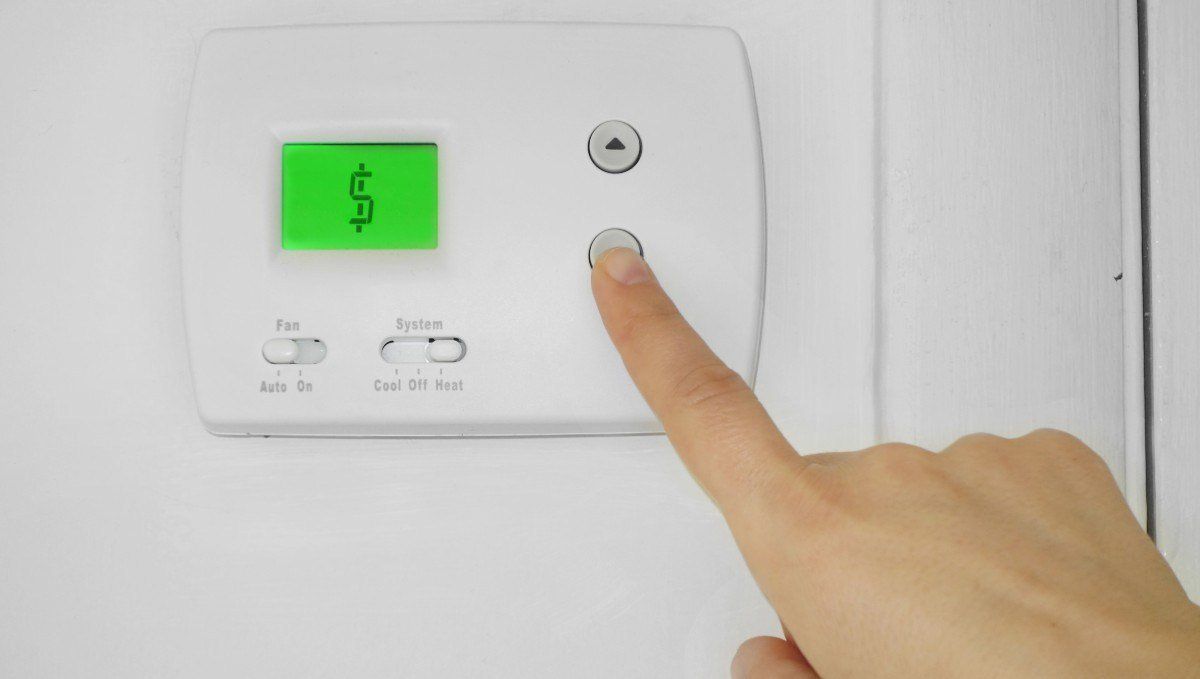



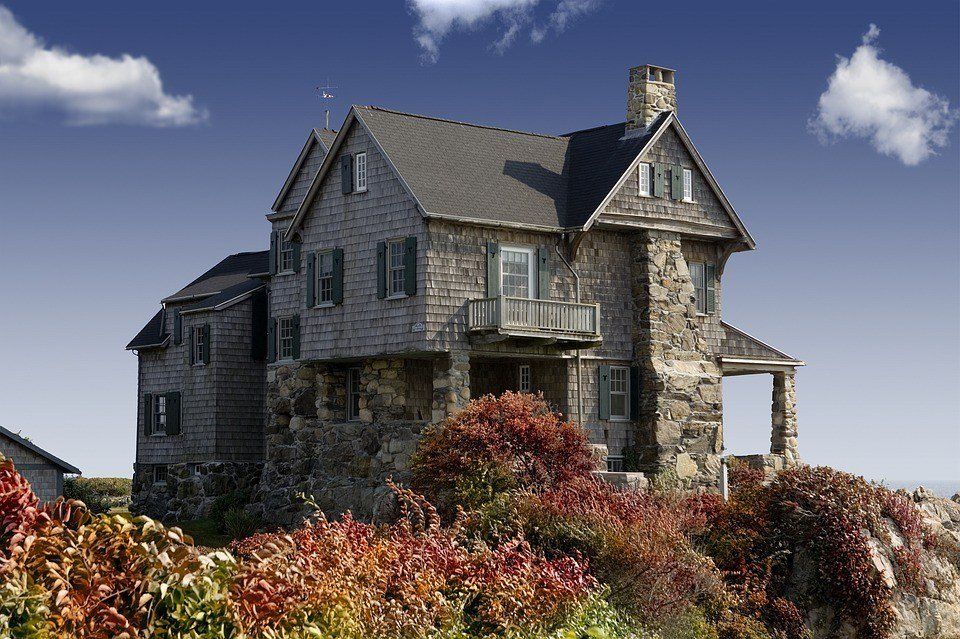
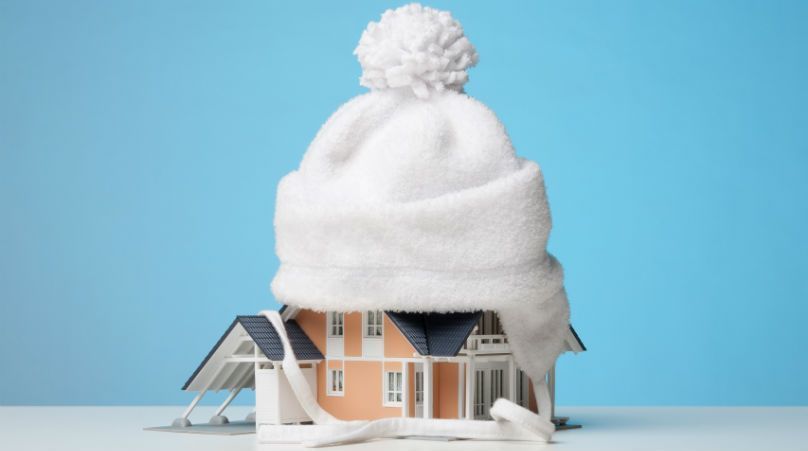

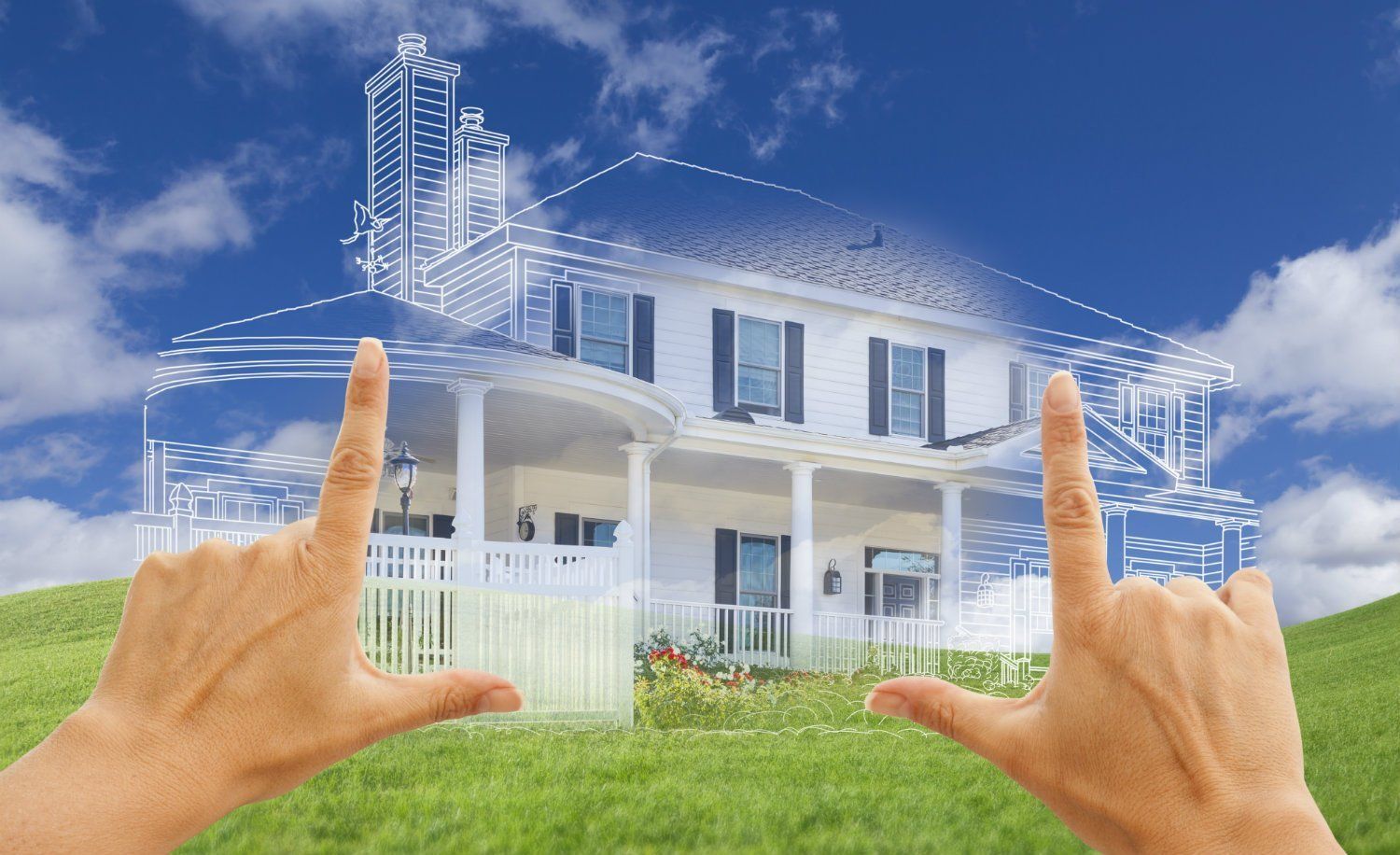
- Mon - Fri
- -
- Sat - Sun
- Closed
